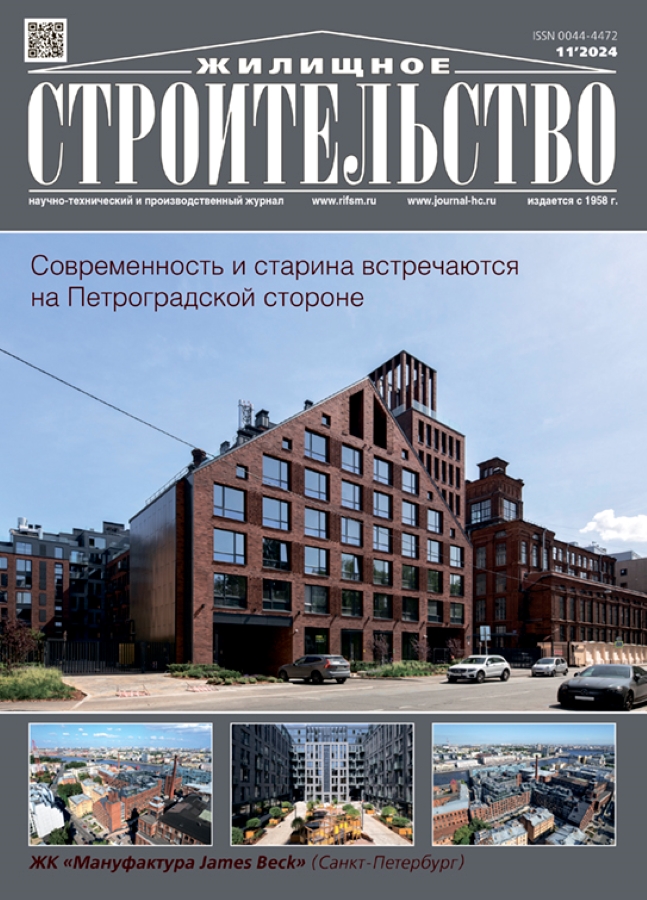Architecture of unique multi-storey residential houses of China
- Авторлар: Khudin A.A.1
-
Мекемелер:
- Nizhny Novgorod State University of Architecture and Civil Engineering
- Шығарылым: № 11 (2024)
- Беттер: 23-27
- Бөлім: Articles
- URL: https://rjonco.com/0044-4472/article/view/642806
- DOI: https://doi.org/10.31659/0044-4472-2024-11-23-27
- ID: 642806
Дәйексөз келтіру
Аннотация
A brief analytical review of unique multi-storey residential complexes in the latest architecture of China, which demonstrate a variety of author’s concepts in the field of form formation and stylistic trends against the background of mass standard development, is presentd. A general promising trend in the development of architecture associated with environmental orientation and orientation towards the formation of ideas about future architecture based on interaction with nature is revealed. The objects are given, the authors of which are not only famous Chinese architects, but also famous foreign architects. At present, Chinese architecture is a combination of Chinese traditions and innovation, characteristic of world architectural practice. At the same time, in the unique residential architecture, there is an increase in the number of storeys, the inclusion of public functions in the structure of inclusion in the structure of an apartment building, attention to the search for figurative expressiveness, the introduction of modern high technologies that affect the appearance of buildings, and the creation of sustainable eco-friendly architecture.
Толық мәтін
Авторлар туралы
A. Khudin
Nizhny Novgorod State University of Architecture and Civil Engineering
Хат алмасуға жауапты Автор.
Email: hoodin-alex@yandex.ru
Doctor of Architecture
Ресей, 65, Ilyinskaya Street, Nizhny Novgorod, 603000Әдебиет тізімі
- Esaulov G.V., The influence of modern technologies on the architectural image of buildings. Energosberezhenie. 2021. No. 6, p. 8. (In Russian). EDN: UZXBBE
- Orelskaya O.V. One of the methods of form-formation in the architecture of the XX – early XXIst centuries – ”game in cubes”. Privolzhsky nauchnyi journal. 2021. No. 3, pp. 113–118. (In Russian). EDN: AYQQPI
- Esaulov G.V. On some trends in contemporary architecture in China. Architecture and Modern Information Technologies. 2023. No. 4 (65), p. 28. (In Russian). 10.24412/1998-4839-2023-4-23-36
- Steinhardt Nancy Shatzman. Chinese architectural history in the twenty-first century. Journal of the Society of Architectural Historians. 2014. Vol. 73. No. 1, pp. 38–60.
- Zhang S., Metlenkov N.F. Eco-concepts of Chinese residential architecture of the future. Architecture and construction of Russia. 2023. No. 1 (245), p. 112. (In Russian). EDN: ULWMPF
Қосымша файлдар













